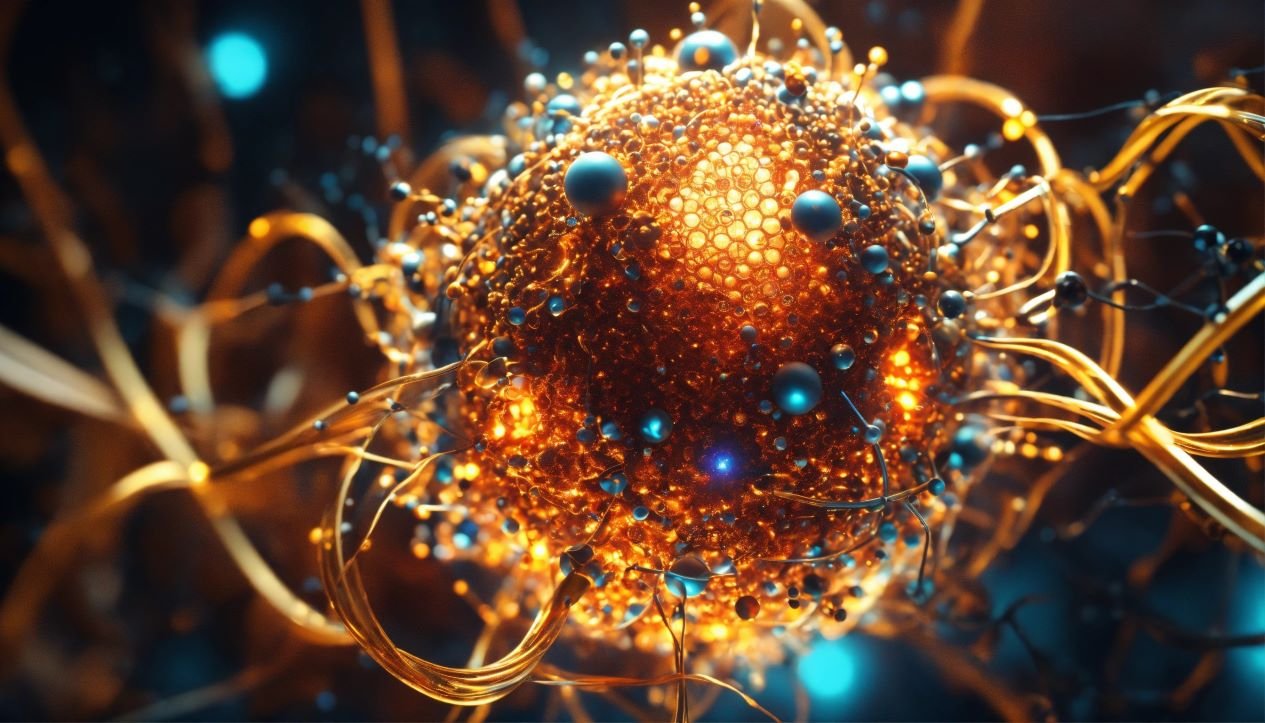Nanotechnology, the manipulation of matter on an atomic and molecular scale, has emerged as a groundbreaking field with immense potential across various sectors, especially in medicine. This comprehensive review aims to delve into the multifaceted impact of nanotechnology on medicine, encompassing diagnostics, drug delivery, imaging techniques, and treatment methods. By exploring recent advancements and future prospects, we uncover the transformative role nanotechnology plays in shaping the landscape of healthcare.
Nanotechnology in Diagnostics
One of the most significant contributions of nanotechnology to medicine lies in diagnostics. Nanoscale materials, such as quantum dots and gold nanoparticles, exhibit unique optical, electrical, and magnetic properties that can be exploited for highly sensitive and precise diagnostic assays. These advancements enable early detection of diseases, including cancer, infectious diseases, and neurological disorders, significantly improving patient outcomes.
Furthermore, nanotechnology facilitates the development of point-of-care diagnostic devices, which are portable, cost-effective, and capable of delivering rapid results. These devices hold immense promise for remote and resource-limited settings, where access to traditional diagnostic infrastructure is limited.
Revolutionizing Drug Delivery
Traditional drug delivery methods often face challenges such as poor solubility, limited bioavailability, and off-target effects. Nanotechnology offers innovative solutions to overcome these limitations by designing drug delivery systems at the nanoscale. Nanoformulations, such as liposomes, polymeric nanoparticles, and dendrimers, enable targeted and controlled release of therapeutics, enhancing efficacy while minimizing side effects.
Moreover, nanocarriers can encapsulate a wide range of drugs, including small molecules, proteins, nucleic acids, and peptides, expanding the therapeutic repertoire for various diseases. This precise delivery of therapeutics to specific tissues or cells holds great promise for personalized medicine, where treatments can be tailored to individual patients based on their genetic makeup and disease characteristics.
Advancements in Imaging Techniques
Imaging plays a crucial role in diagnosing and monitoring diseases, guiding surgical interventions, and evaluating treatment responses. Nanotechnology has revolutionized medical imaging by developing contrast agents with superior properties, such as enhanced signal-to-noise ratio, prolonged circulation time, and specific targeting capabilities.
Nanoparticle-based contrast agents, such as iron oxide nanoparticles and quantum dots, enable high-resolution imaging modalities, including magnetic resonance imaging (MRI), computed tomography (CT), and fluorescence imaging. These advancements provide clinicians with unprecedented insights into disease pathology, facilitating early detection and accurate staging of diseases.
Precision Therapeutics
The era of precision medicine aims to tailor treatments to the individual characteristics of each patient, considering factors such as genetic makeup, molecular profiles, and environmental influences. Nanotechnology plays a pivotal role in realizing this vision by enabling precise and targeted therapeutic interventions.
Nanomedicines can be designed to selectively accumulate in diseased tissues or cells, minimizing systemic toxicity and maximizing therapeutic efficacy. Furthermore, nanocarriers can overcome biological barriers, such as the blood-brain barrier, allowing therapeutics to reach previously inaccessible targets.
Challenges and Future Directions
Despite the promising advancements in nanotechnology for medicine, several challenges must be addressed to realize its full potential. These include concerns regarding biocompatibility, long-term safety, regulatory approval, and scalability of manufacturing processes. Additionally, ethical and societal implications, such as equitable access to nanomedicines and privacy concerns related to personalized medicine, warrant careful consideration.
Looking ahead, future research in nanomedicine will likely focus on interdisciplinary collaborations, harnessing the synergistic potential of nanotechnology, biotechnology, and computational modeling. By addressing these challenges and embracing collaborative approaches, nanotechnology holds the promise of revolutionizing healthcare delivery, ushering in a new era of personalized and precision medicine.
Conclusion
In conclusion, nanotechnology represents a paradigm shift in the field of medicine, offering transformative solutions to longstanding challenges in diagnostics, drug delivery, imaging, and therapeutics. By leveraging the unique properties of nanoscale materials, researchers and clinicians can develop innovative approaches to improve patient outcomes, enhance treatment efficacy, and reduce the burden of diseases worldwide. As we continue to unravel the potential of nanotechnology in medicine, it is imperative to address the associated challenges and ethical considerations, ensuring equitable access and responsible deployment of these groundbreaking technologies.
This comprehensive review provides a glimpse into the vast landscape of nanotechnology in medicine, highlighting its profound impact and promising future. As research progresses and technologies evolve, the integration of nanotechnology into clinical practice holds the potential to revolutionize healthcare delivery, ushering in a new era of precision medicine tailored to individual patient needs.
Disclaimer:
The information provided in this article is for educational and informational purposes only. While every effort has been made to ensure the accuracy and completeness of the content, readers are advised to consult with qualified healthcare professionals or specialists regarding any medical concerns or treatment options.
The views and opinions expressed in this article are those of the authors and do not necessarily reflect the official policy or position of any affiliated institutions.
Readers should also be aware that medical science is constantly evolving, and new research may emerge that could impact the understanding or recommendations presented in this article. Therefore, the authors and publishers cannot be held liable for any errors, omissions, or damages arising from the use of the information provided herein.
Furthermore, any mention of specific products, treatments, or technologies in this article does not constitute endorsement or recommendation by the authors or publishers. Readers are encouraged to conduct their own research and exercise discretion when making healthcare decisions.

